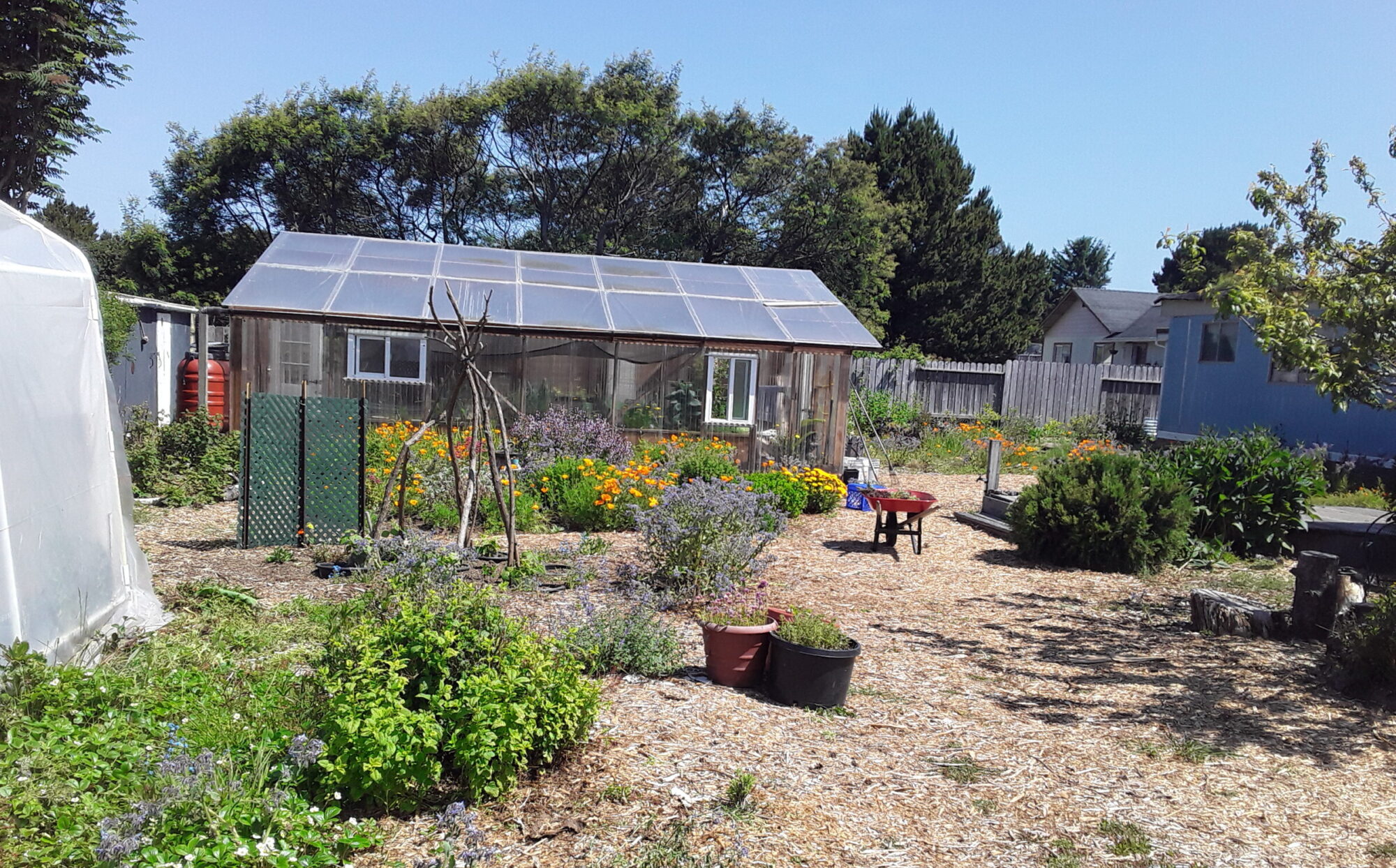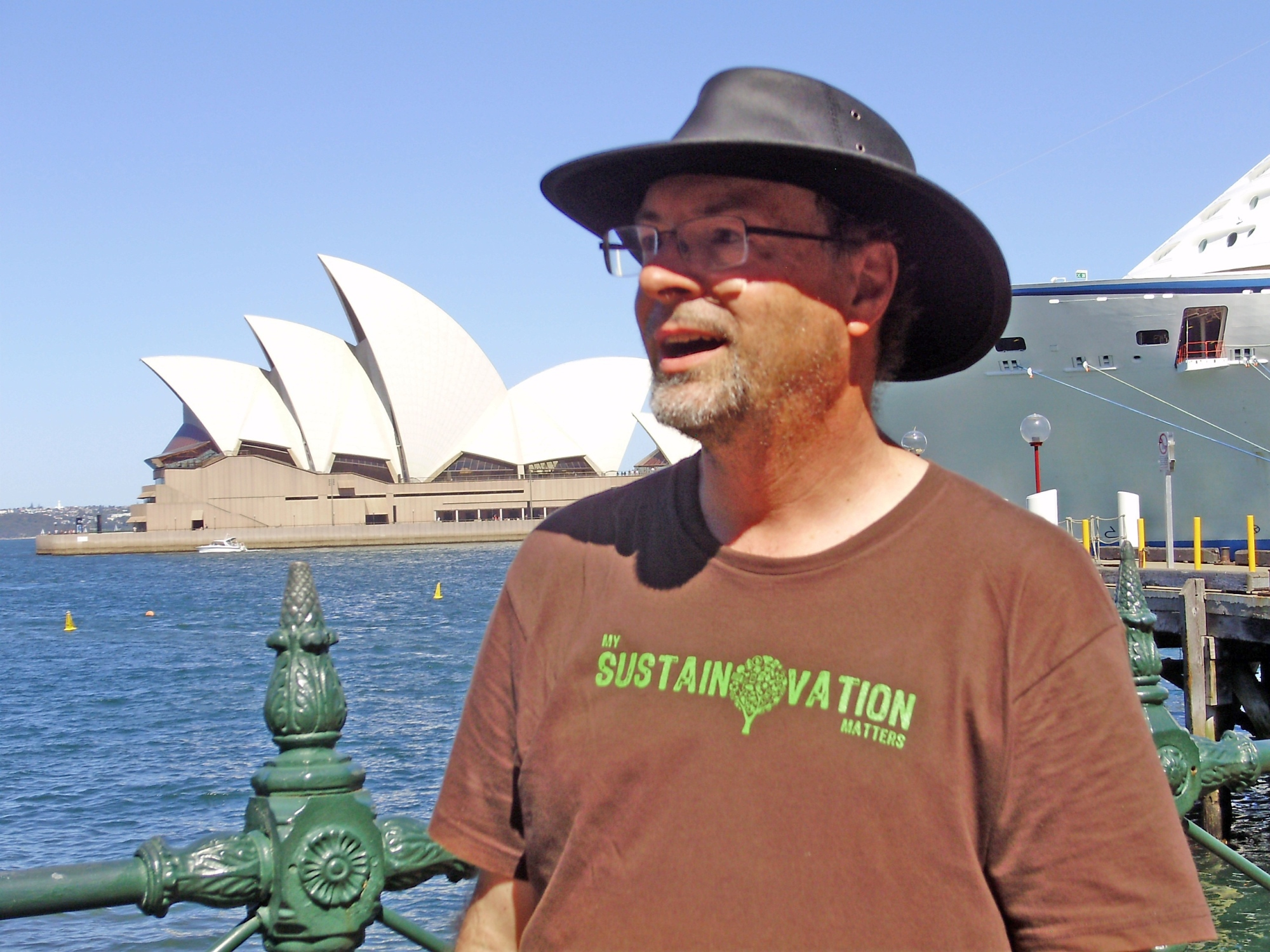By Steven Saint Thomas
In 25 years, food riots will break out all over the world as the demand for food outpaces our ability to produce it – at least according to recent computer models run by the Global Sustainability Institute in Cambridge, U.K.
On the demand side, human population continues to rise. On the supply side, industrial agriculture is slowly depleting the soil quality of the planet.
Throw in climate change impacts to fresh water and declining reserves of cheap petroleum, and you’ve got the Collapse of 2040 looming a couple short decades away.
“We’ve maximized our productivity in agriculture and our consumption trends are speeding up,” says Global Sustainability Institute Director Aled Jones. “We’re putting more and more strain on the food system. About the year 2040, production won’t meet consumption going forward.”
Jones and his colleagues say there is still time for a course correction, but what changes need to be made now to avert the crash?
Experts are saying what permaculturists have been saying for some time: build a resilient local-food system to replace the large dinosaur about to keel over.
Smallholder farmers could be the catalyst for a “transformation of the way the world manages the supply of food,” says Achim Steiner of the UN Environment Program regarding a 2013 study by the World Conservation Monitoring Centre and the International Fund for Agricultural Development.
The paradigm shift indicated in these studies is moving away from a global system where wealthier regions help feed poorer ones to a system where each region can feed its own people.
Know your foodshed
The word “foodshed” has come to describe the area where food is produced and consumed. A local or regional foodshed has been defined in numerous ways (e.g. within a 400-mile radius).
In the arid western United States, a foodshed is often defined by its watershed. I live in the city of Colorado Springs – located in the Arkansas Valley watershed and Fountain Creek tributary.
In the past year, our region’s Local Food Working Group organized an action-oriented, strategic assembly of local food leaders and enthusiasts called Pikes Peak Foodshed Forum II. It was the logical follow-up to a food system forum held in 2010.
The question tackled by some 70 people at the forum was how to move our region away from almost complete reliance on the global food system to 10-25 percent self-reliance.
Several strategic themes emerged from the forum: train a body of local food ambassadors and leaders to build community around food access and knowledge; advocate for food policy priorities; develop a local food resource hub; and protect and enhance regional food production in the Arkansas Valley.
It Takes a Village
Food leaders are now developing tactical plans to achieve tangible goals. For example, we’re imagining our county of 655,000 people broken down into neighborhood-size chunks we’re calling “villages.” Ideally, these villages would develop their own capacities to produce food and trade with adjacent villages.
One ready-made way to identify village-size areas is to map the region’s elementary school attendance boundaries. The school districts have already done the work of drawing lines to create neighborhoods of relatively equal population.
Each village already has at least one institutional hub – a school! Many schools have parks, gardens and kitchens. They are connection points for families with children.
There are approximately 100 elementary schools in El Paso County. We are now recruiting ambassadors or mentors willing to represent and serve their villages in the cause of increasing food production and access.
The ambassadors are plotted on a map of the city that highlights the elementary schools. At a glance, we can see where ambassadors cluster and where they are sparse.
For starters, our ambassadors are making a catalog of existing food-related assets in their villages. A simple “Village Asset Assessment” form outlines the principle assets they see:
- People (civic leaders, community organizations, churches, master gardeners, permaculturists)
- Public Property (schools, parks, libraries, community centers)
- Gardens (schools, community, backyard)
- Kitchens (schools, churches, commercial)
- Other (farmers markets, local restaurants, vacant lots)
After the assets are mapped, the ambassadors are convening village Local Food Working Groups or teams for further planning at the village level. The village teams will develop a food-shift road show – in Transition terminology, a “Great Unleashing” – that we can take to all the villages as part of a educational campaign around the importance of local food.
Our hope is that decentralized but coordinated efforts can localize our region’s food system towards a different future than the one computers gave Cambridge researcher Jones, the future with food riots and wars for water.
“Local production of food is incredibly important,” says Jones. “We can’t solve the problem with the same thinking that caused the problem.”
Click here to listen to a 25-minute interview with Aled Jones of the Global Sustainability Institute in Cambridge, U.K.





